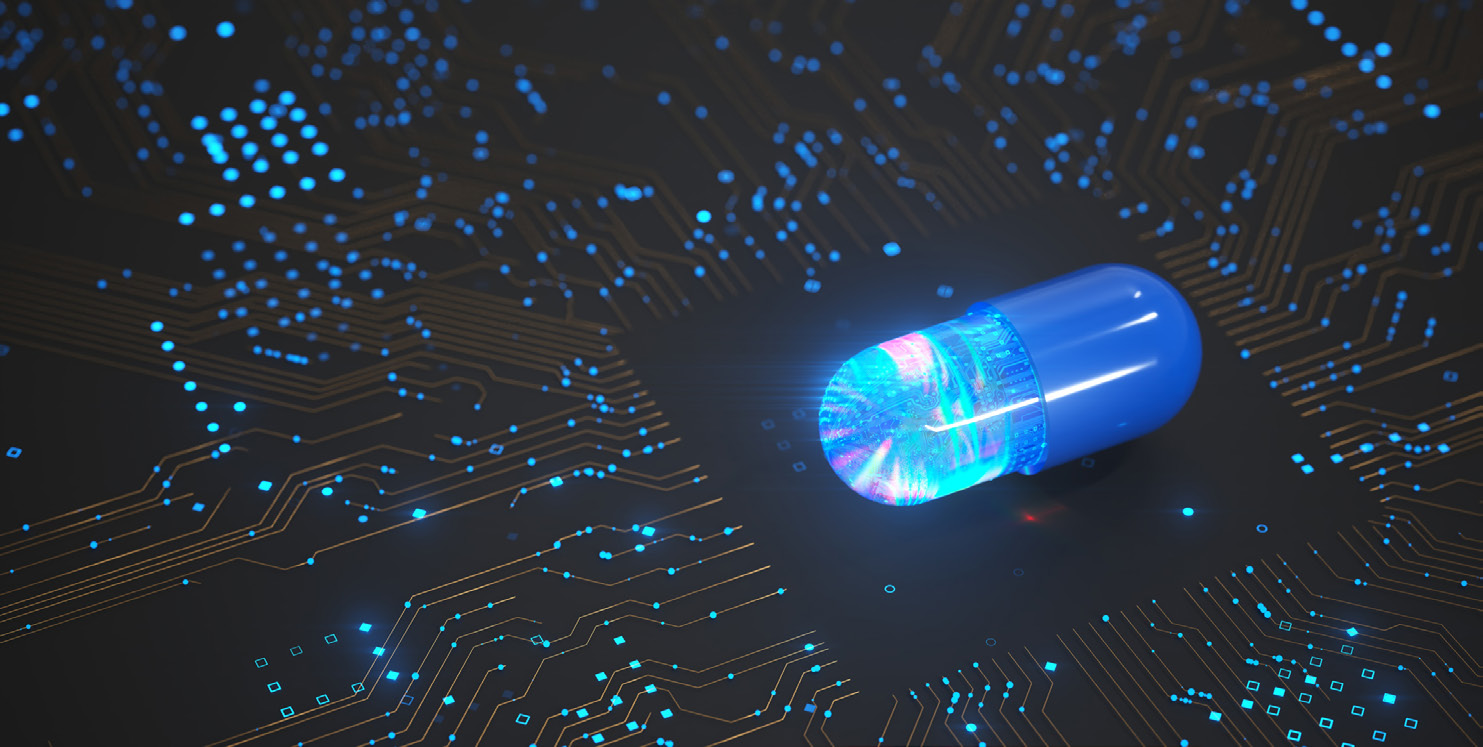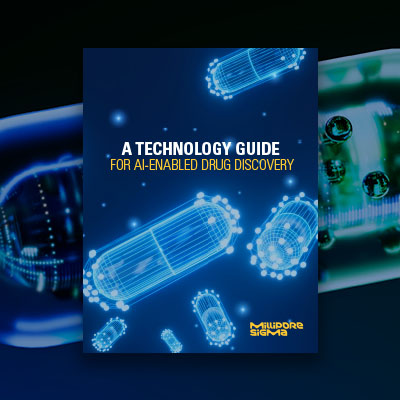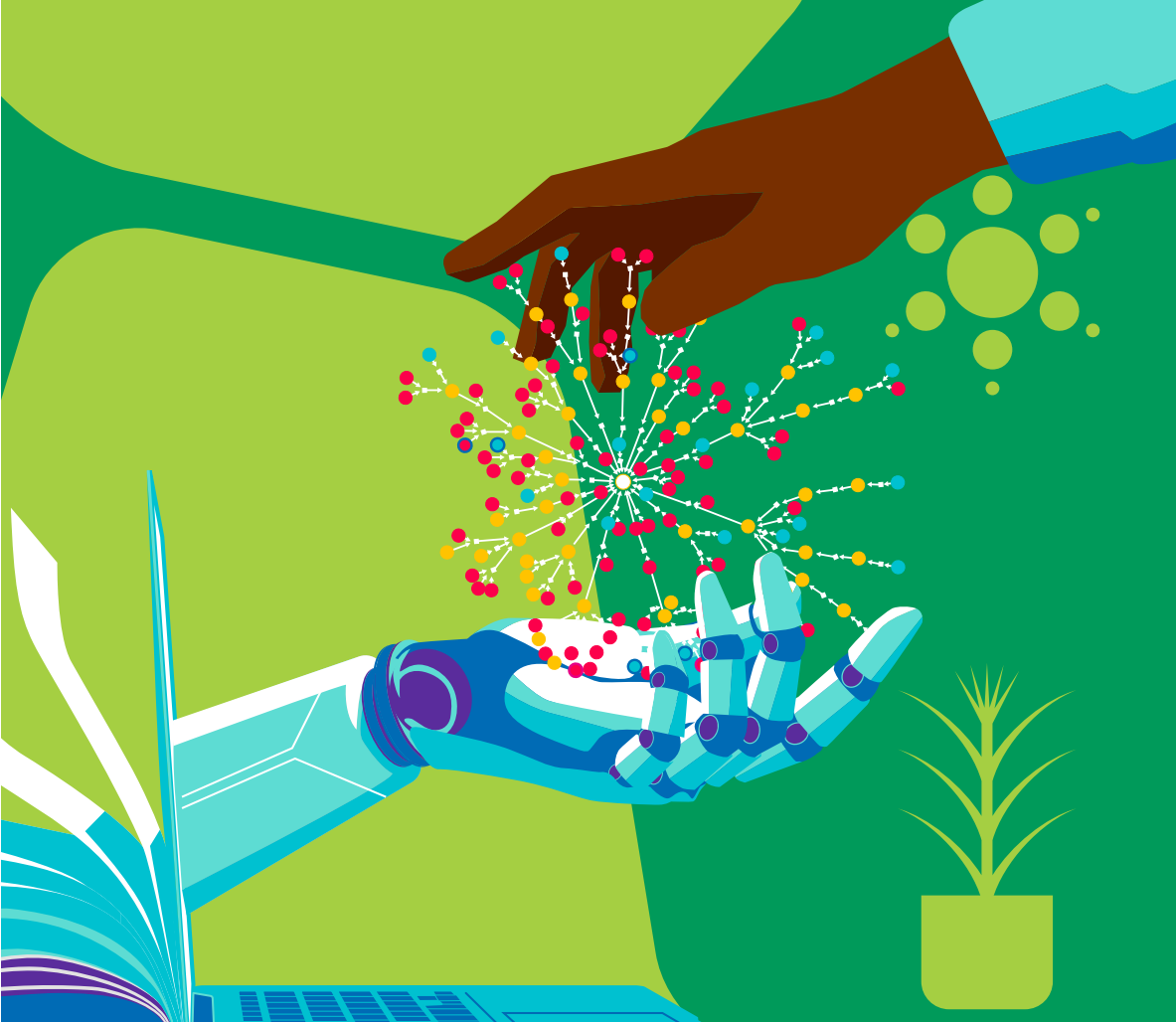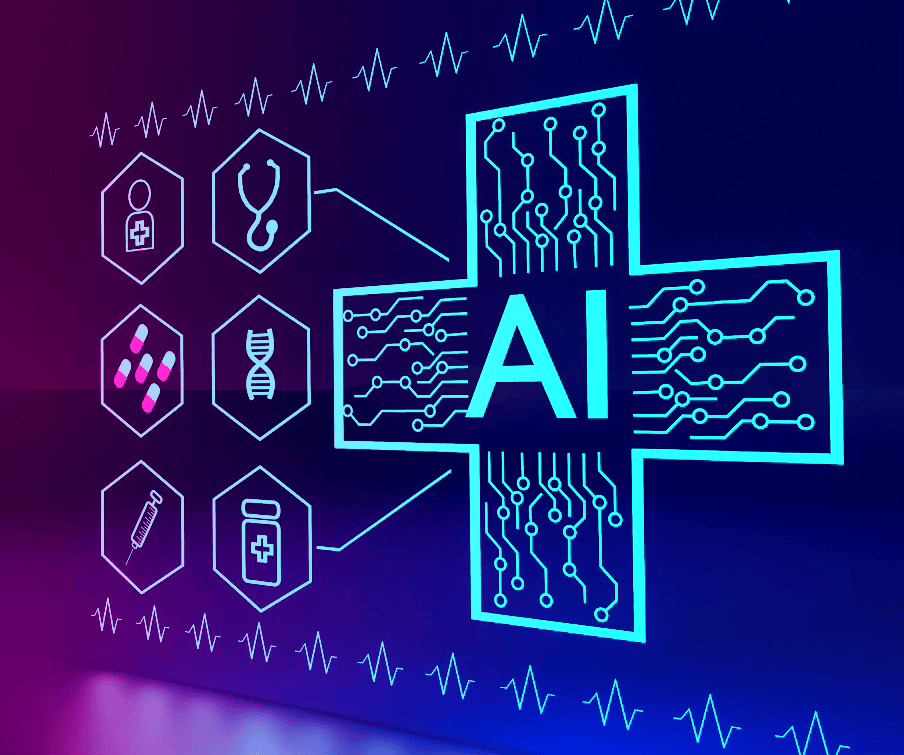5 Minute Read
Building a Next-Gen Toolbox for AI-Powered Drug Discovery

There’s no question that artificial intelligence (AI) is now embedded in the drug discovery process at a growing number of companies. Machine learning, deep learning, and generative AI can help scientists generate structures for new drug candidates and explore protein-ligand binding before starting any experiments in a wet lab.
Use cases for AI in drug discovery are still evolving, and AI-powered drug ideation still must overcome many hurdles before it becomes commonplace and reliable. This C&EN white paper provides the latest on how AI supports drug discovery.
Key objectives:
- Machine learning (ML) and deep learning (DL) and methods for virtual screening of protein-ligand interactions
- Combining ML or DL with physics-based modeling techniques, such as free energy perturbation calculations, to assess ligand-protein binding
- Designing new molecules with generative AI
- Incorporating predictive ADMET at early stages of drug design
- Advancing algorithms with robust benchmarking and higher-quality training data


